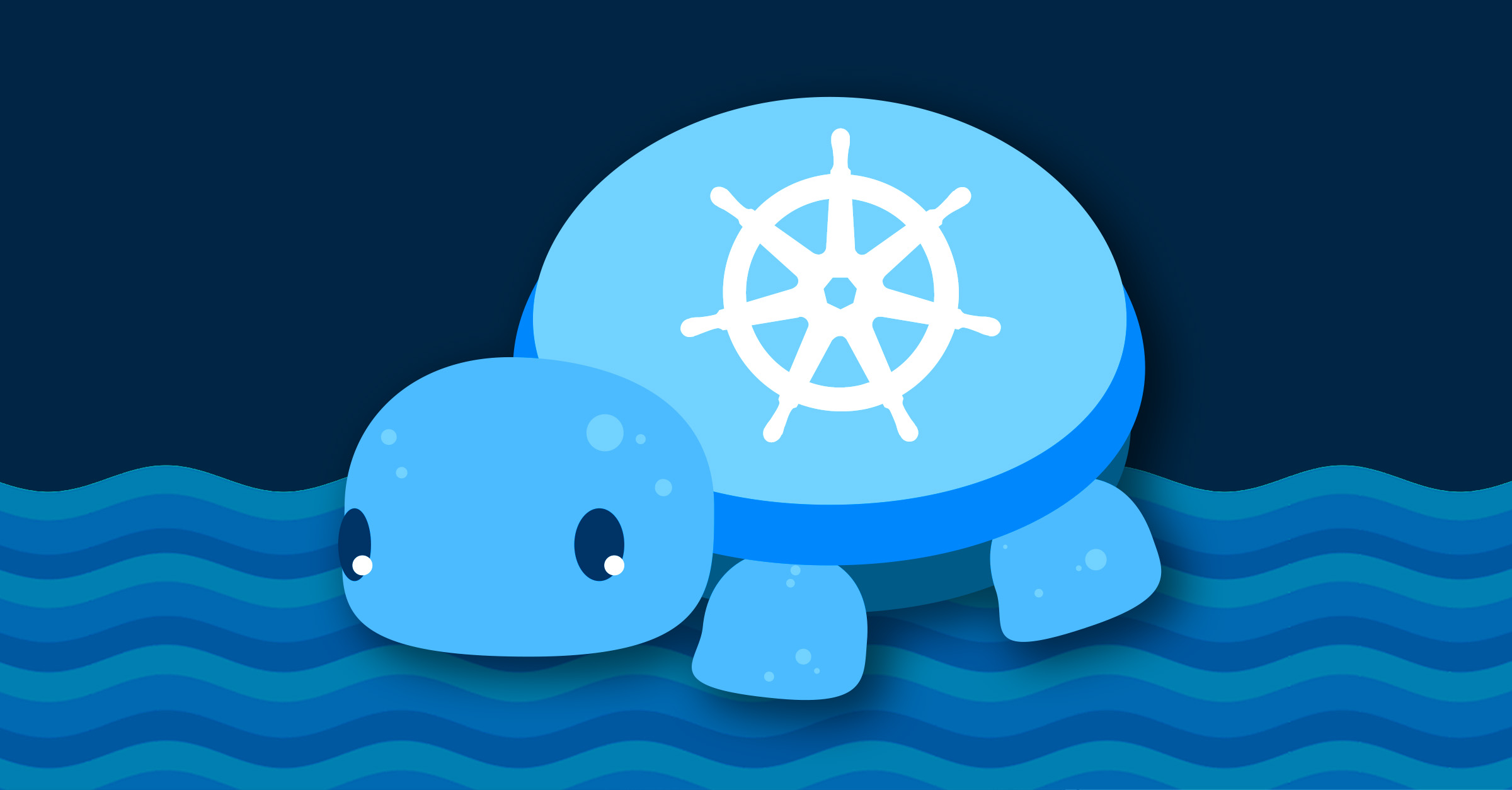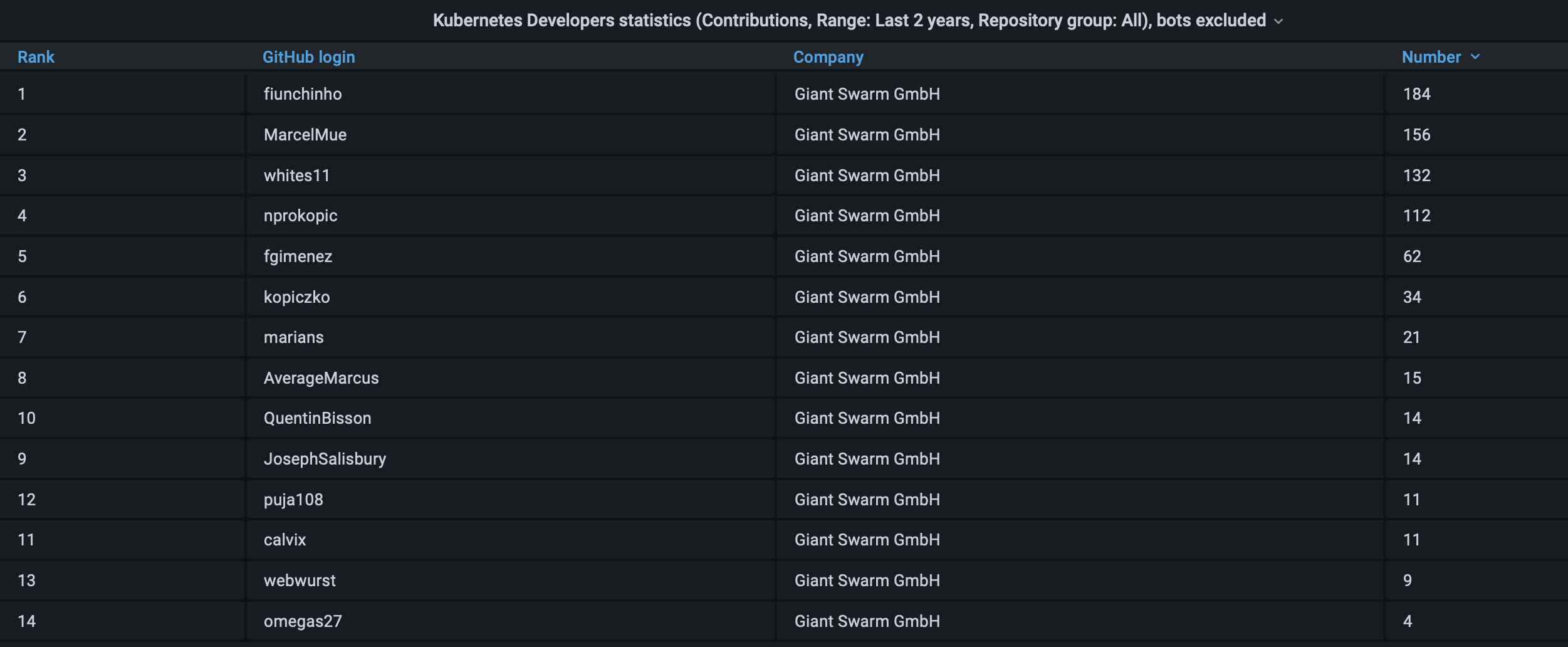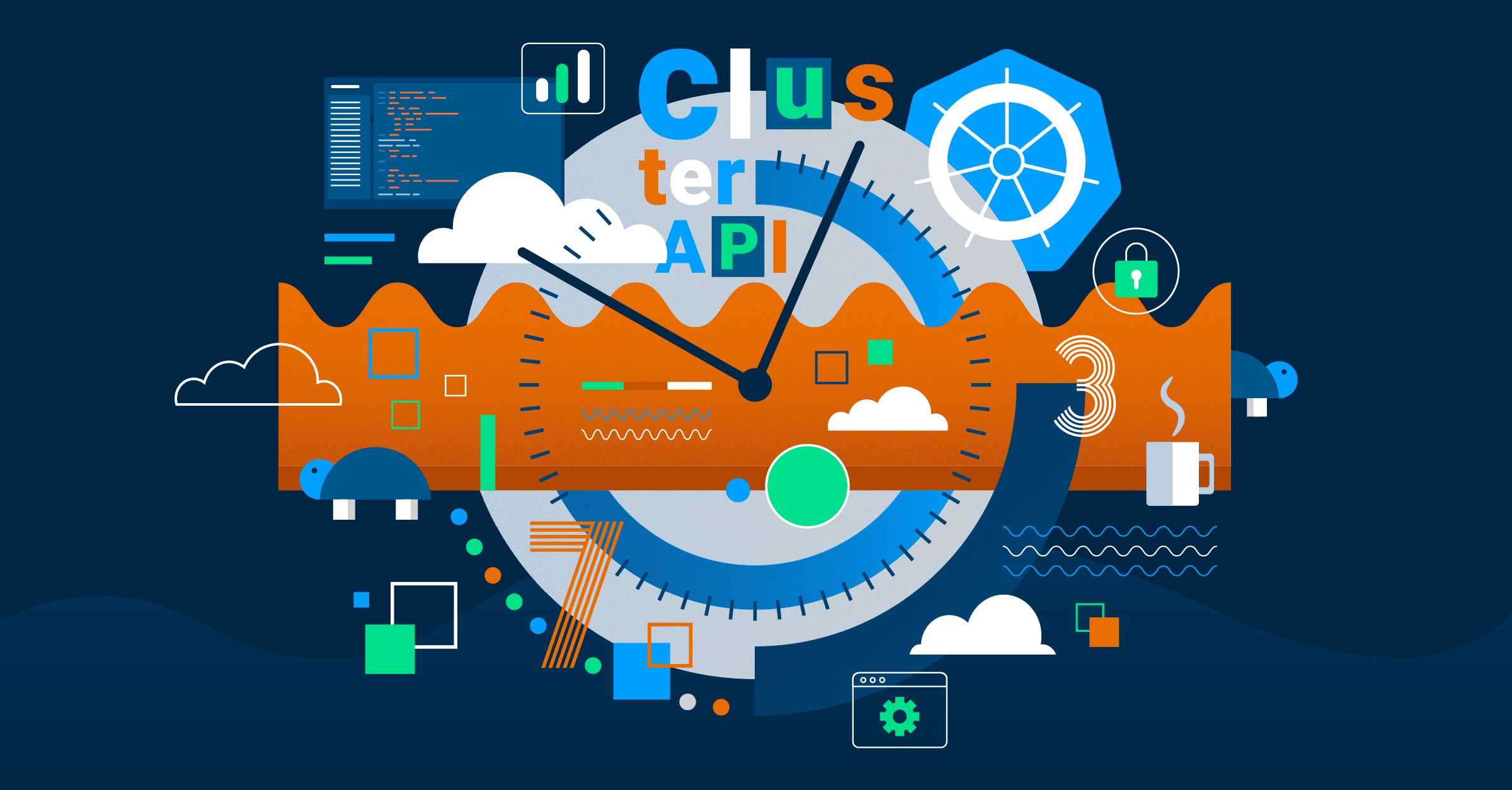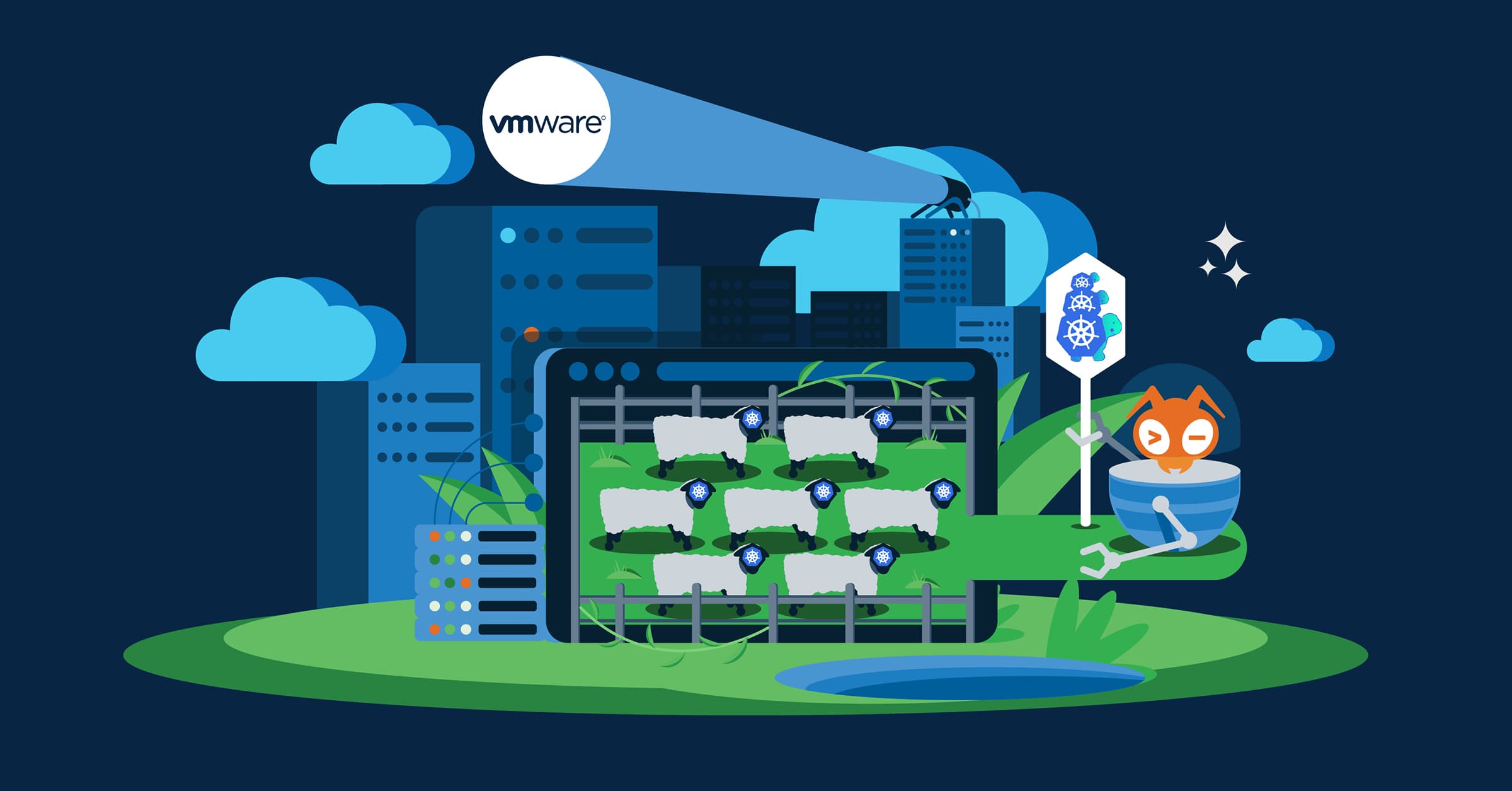Turtles all the way down are still just turtles
by Oshrat Nir on Mar 22, 2022

If you’ve been following us for a while, you may remember that about a year ago, we decided to go all-in with Cluster API (CAPI). If you would like a refresher on the ‘why’, you can have a look at this blog post that places everything in context. If you are more of a process person and would like details on the ‘how’, you can check out this blog post.
Now that we have recapped the last season, I figure you might be interested in an update on how we are doing.
To alpha and beyond
The good news is that we have started releasing alpha versions for different providers. In addition, we are hard at work towards general availability, preparing beta versions. Indeed, we see ourselves shipping the Giant Swarm KaaS product based on CAPI for at least five infrastructure providers by the end of 2022 (this includes major cloud and on-prem providers).
What does this mean for you? First, you will have the flexibility to choose the infrastructure(s) that work best for you and operate them all in the same way. In effect, you will have narrowed things down to a single learning curve — how to use Giant Swarm. This will also decrease your risk of lock-in because migration between clouds will be a much smaller problem.
The bad news is that it is really hard. There is a steep learning curve. One we are scaling, while still providing support for our customers that are on the (soon to be) legacy product. But we dug in deep and kept our eye on the ball.
Giant Swarm is in a unique position to bring real-world requirements to upstream projects. The reasons being that we are entrenched in the cloud native community on the one hand, and we also serve enterprise customers commercially. While a lot of the work was done in-house, we got involved heavily upstream, since some things are better solved at the source. This also benefits the whole community.
The way this played out is that over a dozen of our engineers have dedicated time and nearly 800 contributions to upstream Cluster API. Five of our engineers are in the top 100 contributors to the project.

Not bad for a bootstrapped company that just recently crossed the 60 employee mark.
What’s in it for you?
Pivoting on technology is seemingly something that is transparent to customers. In this case, the value for customers is clear, and it also spans more than one area of concern.
1. Enable the cloud native journey for enterprises
This relates to the tools that equip customers to mature on this journey. In turn, there are the tools that mature customers want and need. In the case of the Giant Swarm Cluster API implementation, we abstract away much of the noise. Interested customers can access the API. In short, you don’t have to, but you can if you want to.
2. A growing number of clusters to manage
As the cloud native market matures, the number of clusters grows. Potentially, ad infinitum. Especially in a world where disposable and interchangeable clusters can be spun up in minutes. You end up with a large number of clusters to manage. Doing things declaratively and automatically is key.
Recent feedback from a customer using a Giant Swarm Cluster API cluster (alpha release):
“Provisioning of a Giant Swarm templated cluster takes roughly 20 minutes (quicker if single master) and follows a consistent pattern… Scaling up and down requires the changing of a single integer value. Giant Swarm serves as another layer of abstraction over OpenStack that lets developers interact with the infrastructure declaratively.”
3. Regulation (where and when applicable)
Sometimes, you just aren’t allowed to run (some of) your workloads in the cloud or outside of a specific region. This shouldn’t hinder your speed by barring you from cutting-edge technology. This also shouldn’t force a learning curve on you due to the requirements of working with something you’re not used to. With Cluster API, implemented for multiple infrastructures, you interact with different infrastructures using the same interfaces.
4. Financial considerations
Last but not least, there is a financial consideration to all of this. Using a single infrastructure provider leaves you susceptible to lock-in and erodes your bargaining power. You have better control of your costs if migration is a viable option.
Conclusion
The path to Cluster API has not been short or easy. That being said, we still stand behind the idea that it is beneficial to our customers. Hence, well worth our while. Time and again, we have seen open source win. It won with Kubernetes, and it will win with CAPI. We will continue to add our secret sauce to make it easily accessible to enterprise customers.
Ultimately, even when it’s turtles all the way down, it’s still just turtles. Feel free to reach out to us to learn more about what we are doing with the infrastructure you are running.
You May Also Like
These Related Stories

It's Cluster API time — are you ready?
As some of you might have seen, we’ve been working on and talking about Cluster API a lot lately. I felt like now’s a good time to review what Cluster …

Giant Swarm vs OpenShift
At Giant Swarm, we’ve often been asked to compare our infrastructure with that of Red Hat OpenShift. We’d like to shed some light on this subject and …

Bridging the gap: Kubernetes on VMware Cloud Director
While the general trend of the last decade has been to move workloads to the cloud, along with major companies jumping on the bandwagon to offer their …